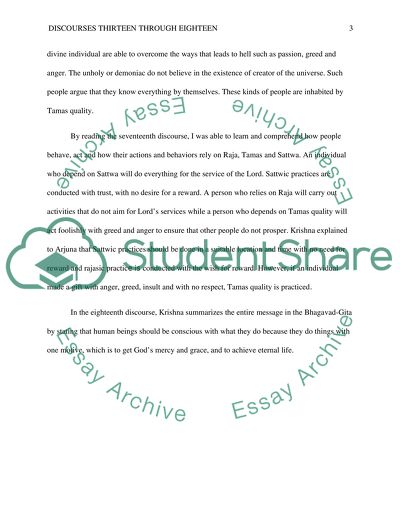Bhagavad-Gita: Discourses 13 through 18 (finish) Article. Retrieved from https://studentshare.org/philosophy/1613596-bhagavad-gita-discourses-13-through-18-finish
Bhagavad-Gita: Discourses 13 through 18 (finish) Article. https://studentshare.org/philosophy/1613596-bhagavad-gita-discourses-13-through-18-finish.


